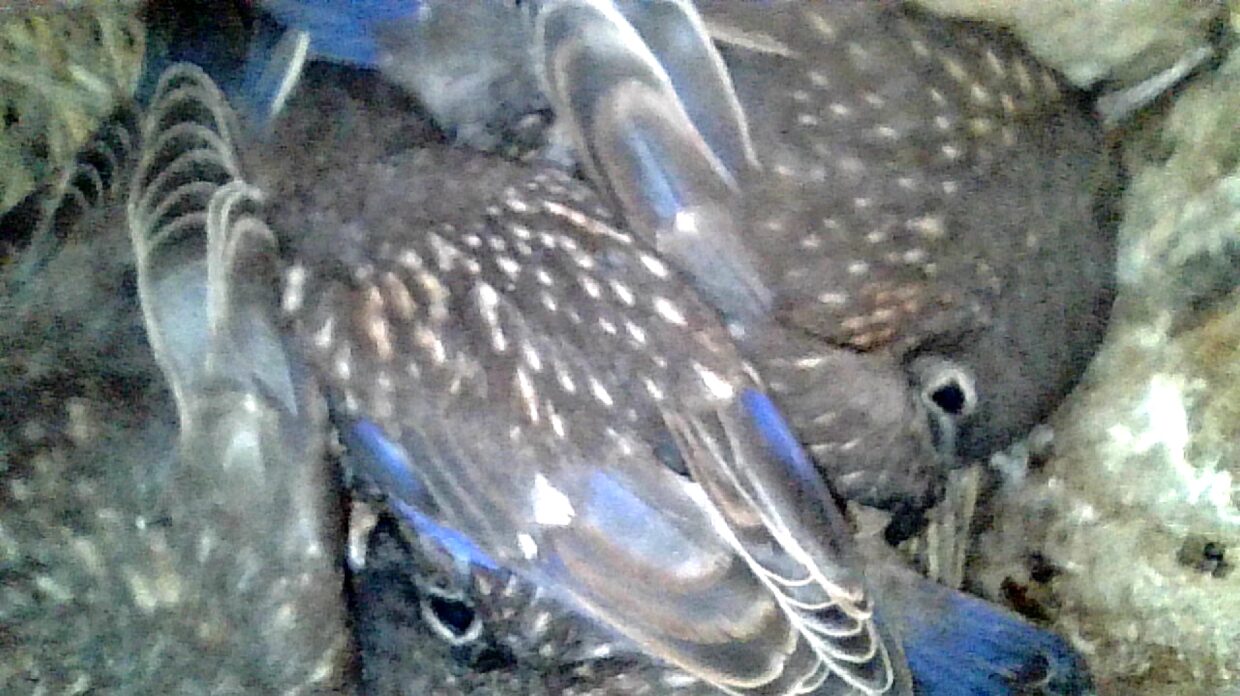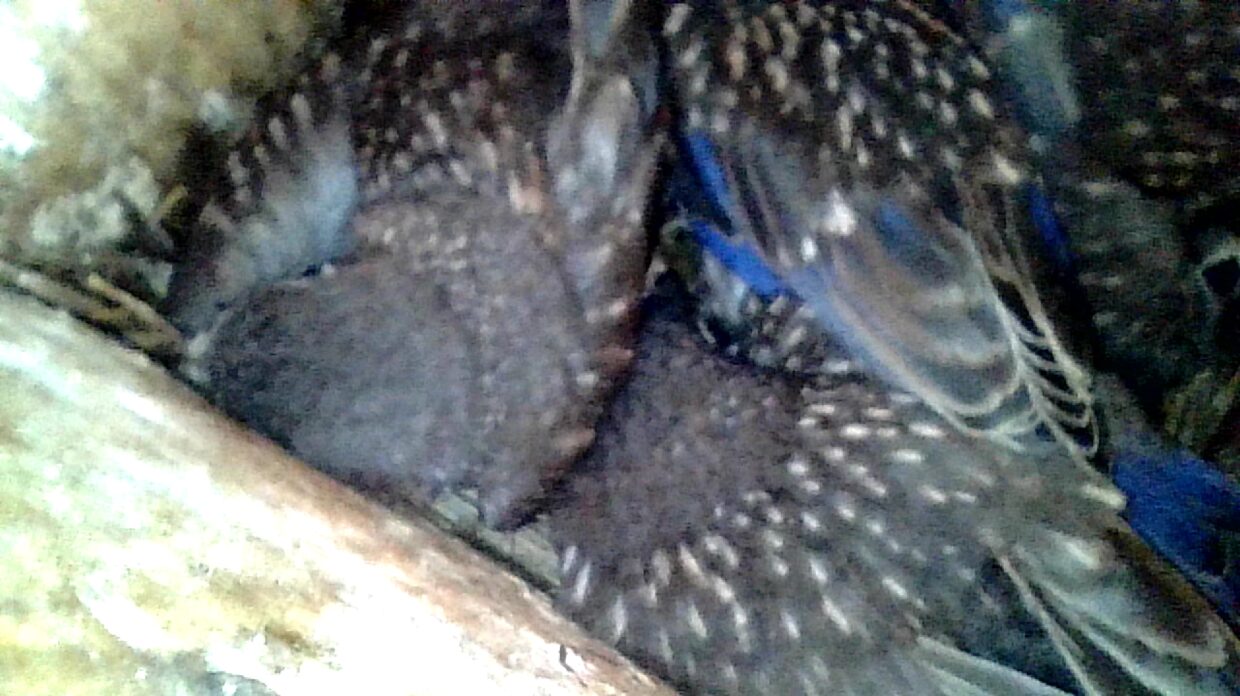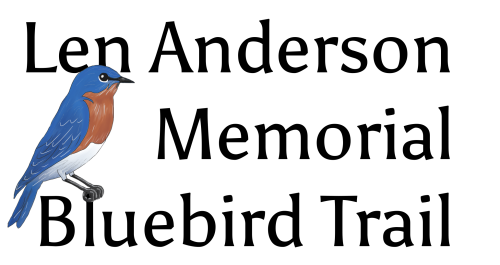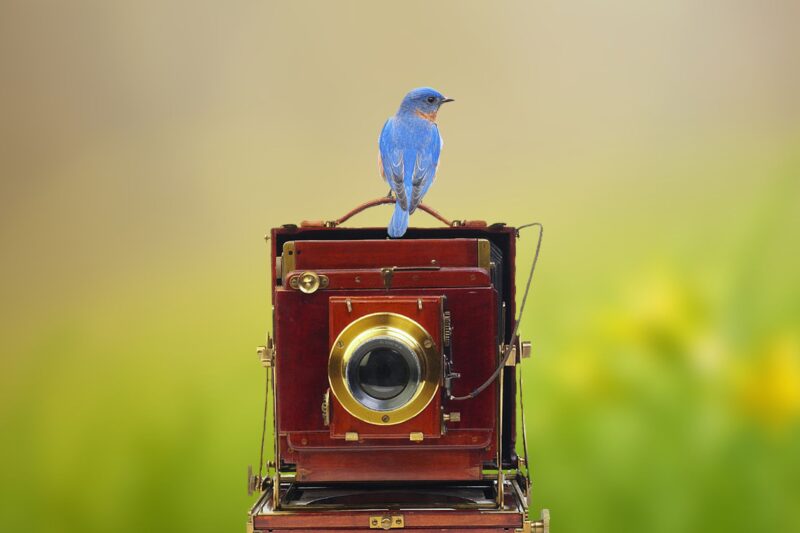Now, before you get the wrong impression from the title of this post, our little group is not performing colonoscopies on wildlife. No one wants to go there. What we are doing is testing new techniques of data collection. Well, I am using the word testing in the broadest definition.
I recently purchased an endoscope camera for inspecting under my deck and shed. We have lots of critters, and I couldn’t help but wonder what they did under there. Home footage was not as good as I had hoped, but it dawned on me that I could use the camera to check the Chickadee nest box I have high in one of my trees.
It didn’t take long to realize I could use this with the organization’s nest boxes. I took it along with me on a recent check because I knew I had some older young about to fledge, and I didn’t want to risk opening the box to count them.
The camera worked wonderfully. I could slide it through the entry hole and get a complete view of the box’s interior. It even fits through the vent holes near the top of the nest boxes if we want to be less invasive—this may come in handy with those high House Wren nests.
Here is the video footage of the four fully feathered young huddled in the box.
The camera allows me to take video and stills from two perspectives, straight ahead or at ninety degrees. You can film them individually or in jewel mode to see both sides simultaneously. The same aspects are available for photos.
I snapped two stills of the birds to get a better idea of their age. The camera only takes 5MP pictures, but the multiple LED adjustable lights help you see in dark environments.

Young Bluebirds in nestbox viewed through an endoscope.

Young Bluebirds in nestbox viewed through an endoscope.
Another nice feature of this camera is that it is wifi. In theory, I could wrap the cord around the pole, insert the camera into the vent, and leave the vicinity. I could then capture footage from a safe distance as the adult birds tend to the young. This option is a nice alternative to other expensive nest cams that require permanent placement and a power source.
If you’re interested in the specs on the camera I used, it was a Depstech FHD Inspection Camera, model WF028-SJ.
The nesting season is wrapping up, so I won’t be able to get the full benefits yet, but it looks promising for 2023. I hope to test it on many boxes and in many conditions. If I find out any additional benefits from the camera, I will post them. In the meantime, I will work on all the data we collected for the season.

